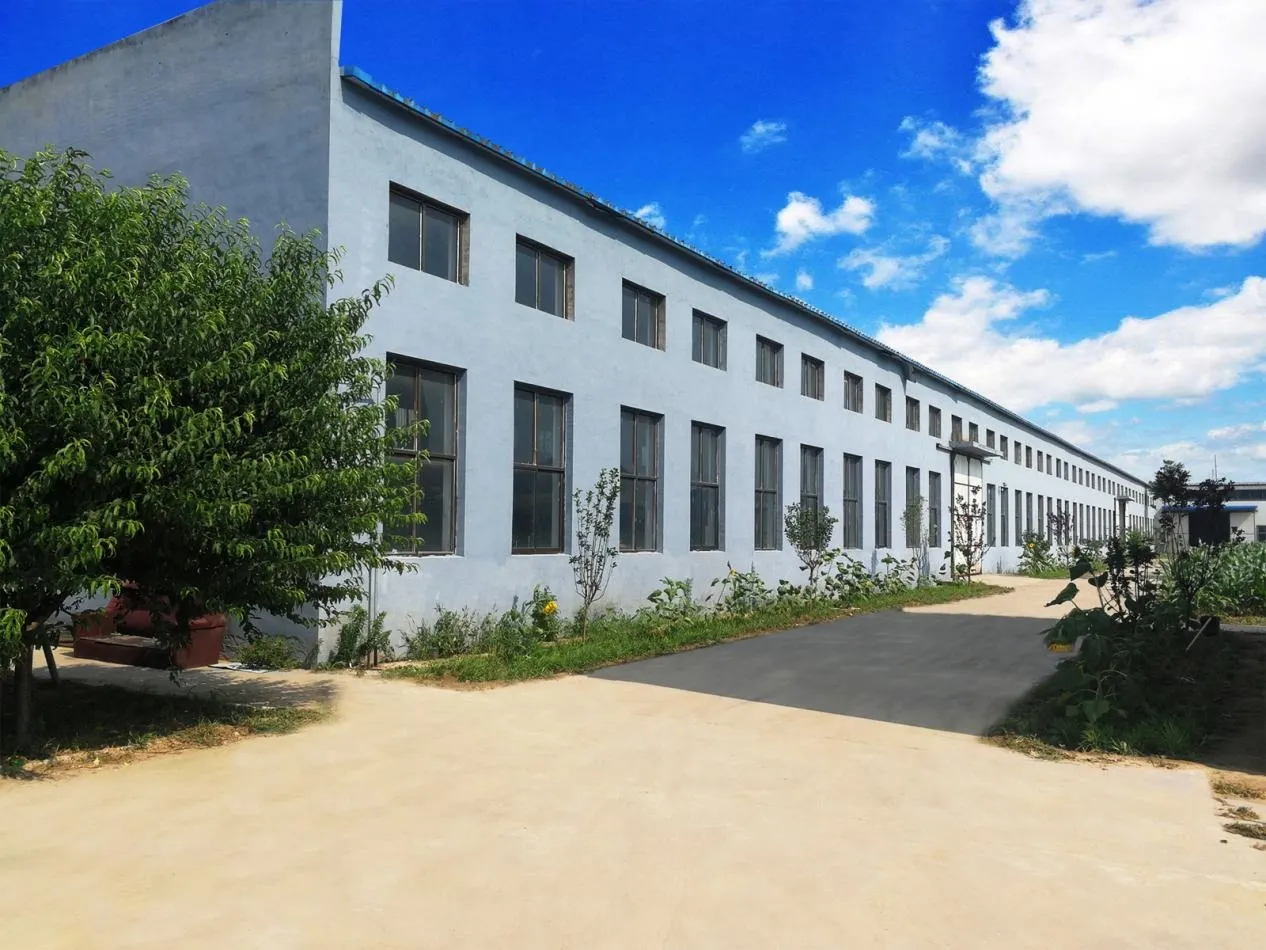Dec . 16, 2024 13:36 Back to list
Wafer Type Butterfly Check Valve Specifications and Applications Insight
Understanding the Wafer Type Butterfly Check Valve Features and Applications
In the realm of fluid control systems, the butterfly check valve stands out as a crucial component, particularly in applications requiring efficient flow management and backflow prevention. Among the various designs of butterfly valves, the wafer type butterfly check valve has garnered specific attention due to its unique characteristics and advantages.
What is a Wafer Type Butterfly Check Valve?
A wafer type butterfly check valve is a type of non-return valve designed to prevent backflow in a piping system. Its construction comprises a circular disc (or flap) attached to a central shaft, which is situated between two flanges. Unlike traditional butterfly valves that operate with an actuator, a wafer type butterfly check valve uses the flow of fluid to open and close the disc. As fluid flows in the forward direction, the disc lifts, allowing unobstructed passage. When the flow reverses or stops, the disc falls back into a closed position, thus preventing any backflow.
Key Features
1. Compact Design One of the most significant advantages of wafer type butterfly check valves is their compact and lightweight design. This feature allows for easy installation in tight spaces, making them a preferred choice in various installations.
2. Low Pressure Drop The streamlined design of the valve minimizes pressure drop across the valve, which is crucial in systems where maintaining pressure is essential for operational efficiency.
3. Bidirectional Flow Wafer type butterfly check valves can handle fluid flow in both directions, making them versatile and adaptable for different piping configurations. This characteristic is particularly useful in systems where flow reversal might occur.
4. Material Variety These valves can be manufactured from various materials such as cast iron, stainless steel, and plastic, allowing for compatibility with a wide range of fluids, including corrosive substances.
5. Ease of Maintenance The simple design of the wafer type butterfly check valve allows for easy maintenance and inspection, reducing downtime and associated costs.
wafer type butterfly check valve

Applications
Wafer type butterfly check valves find application across multiple industries due to their reliability and efficiency. Some notable sectors include
1. Water and Wastewater Treatment These valves play an essential role in municipal water supply systems, ensuring that water flows in the desired direction while preventing contamination from backflow. In wastewater systems, they protect pumps and downstream equipment from potential backflow issues.
2. HVAC Systems In heating, ventilation, and air conditioning systems, wafer type butterfly check valves are utilized in chilled water and hot water systems to prevent any reverse flow and maintain system efficiency.
3. Oil and Gas The oil and gas industry relies on these valves to protect pipelines and storage facilities from backflow, thereby ensuring safe and efficient operations.
4. Chemical Processing In chemical plants, where aggressive fluids may be involved, the use of wafer type butterfly check valves made of corrosion-resistant materials provides robust solutions for flow control and backflow prevention.
5. Food and Beverage Industry The sanitary design of these valves allows them to be used in food processing applications, ensuring that products maintain their integrity while preventing contamination.
Conclusion
In summary, the wafer type butterfly check valve is an indispensable component in a variety of fluid control applications. Its unique features, including compact design, low pressure drop, bidirectional flow capability, and ease of maintenance, make it a preferred choice in many industries. As the demand for efficient fluid management systems continues to grow, the role of wafer type butterfly check valves becomes increasingly significant. Whether in water treatment, HVAC, oil and gas, or chemical processing, these valves ensure the smooth operation of systems while effectively preventing backflow. As technology advances, we can expect further innovations in the design and functionality of these essential components, underscoring their importance in modern engineering and industrial applications.
Share
-
Reliable Wafer Type Butterfly Valves for Every IndustryNewsJul.25,2025
-
Reliable Flow Control Begins with the Right Ball Check ValveNewsJul.25,2025
-
Precision Flow Control Starts with Quality ValvesNewsJul.25,2025
-
Industrial Flow Control ReliabilityNewsJul.25,2025
-
Engineered for Efficiency Gate Valves That Power Industrial PerformanceNewsJul.25,2025
-
Empowering Infrastructure Through Quality ManufacturingNewsJul.25,2025